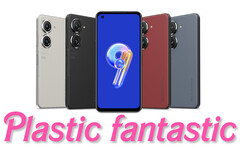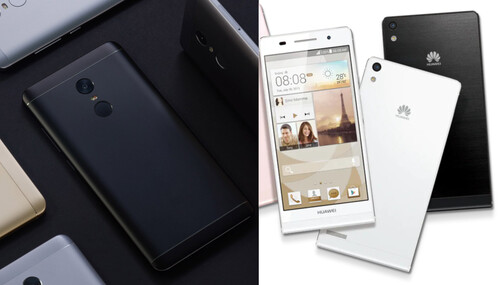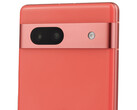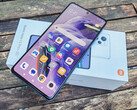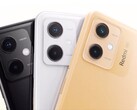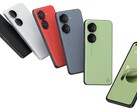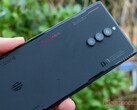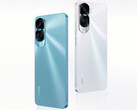We've all been there. One second you're whipping your phone out of your pocket to check what that notification was, and the next, you're suddenly scrambling to catch the expensive hunk of glass and metal as it crashes to the ground. After you inevitably fail to curtail the effects of gravity, you reach down to pick up your pocket-sized technological marvel, all the while wondering if your small mistake is going to cost you potentially hundreds of dollars to repair.
Between the ballooning size of smartphones and the "premium" glass and aluminium materials they're now almost universally constructed from, it's becoming more and more difficult to keep them intact. Despite the prevalence of broken phones, the reasoning behind glass as a smartphone material is solid. Not only does glass feel premium, it's also relatively scratch-resistant, which means our devices look new for longer — as long as we don't drop them.
In a perfect world, where people didn't drop phones, or gravity didn't exist, glass would be a great material to use thanks to its long-lasting finish and premium feel. Unfortunately, there is no such thing as a perfect world, so everyone ends up covering their pristine glass rectangles with a rubber or plastic case instead of being able to enjoy their sleek, modern designs.
Not only does the necessity for a case add inconvenience and extra — albeit minor — cost to the consumer, it also means that smartphone manufacturers have less control over how their phones are seen out in the world and how they are perceived by other potential buyers. This is where brands like Google and Asus have hit the nail on the head with phones like the Google Pixel 5, Pixel 7a, and Zenfone 9. The Pixel 5 featured an aluminium back with a bio-resin — read "plastic" — coating over the top, while the Zenfone 9 embraced a soft-touch plastic material for the back.
Both the Google Pixel 5 and the Asus Zenfone 9 perfectly highlight the benefits of a non-glass material as a back panel. There are a number of long-term reviews of the Pixel 5 that demonstrate mild wear and tear to the back panel, but you'd be hard-pressed to find a user that's broken the back panel in the same catastrophic fashion as a glass panel would have done. Both also feature interesting textures on their back panels — something that would be prohibitively expensive or impossible with glass. For those more concerned about a premium tactile experience, there's always the option for a metal back panel, similar to what was found in the sleek Huawei Ascend P6 and the handsome Xiaomi Redmi Note 4.
There are also modern examples of plastic-backed smartphones that manage the same degree of elegance as their glass contemporaries — you often have to look outside the premium smartphone segment to find them, though. The Google Pixel 7a, for example, has almost all the performance of the more expensive Pixel 7 in a plastic and aluminium body, and it has proven to be just as, if not more, durable than the Pixel 7 and Pixel 7 Pro. Even Samsung almost saw the light when it released the Galaxy S21 with a premium plastic back material, only to be beaten back from the brink by influencers who said the back felt plastic.
The Google Pixel 7a's admirable performance in JerryRigEverything's durability test demonstrates that there's not much of an inherent toughness disadvantage from switching to a plastic back, and the reduced cost of repair in the event of a failure can be nothing but a good thing for consumers.
Of course, this logic only applies to the back panel. For now, glass is still the best option for a screen material — as anyone who used a cheap Android or Windows phone from before glass screens became commodity items could attest to. From a manufacturer's point of view, plastic and other alternative back materials make a lot of sense. Not only can they play with designs and textures to a greater extent, but, since people might not be as scared of shattering the back, there would likely be fewer users with cases on their phones, allowing manufacturers to show off their designs more prominently.




